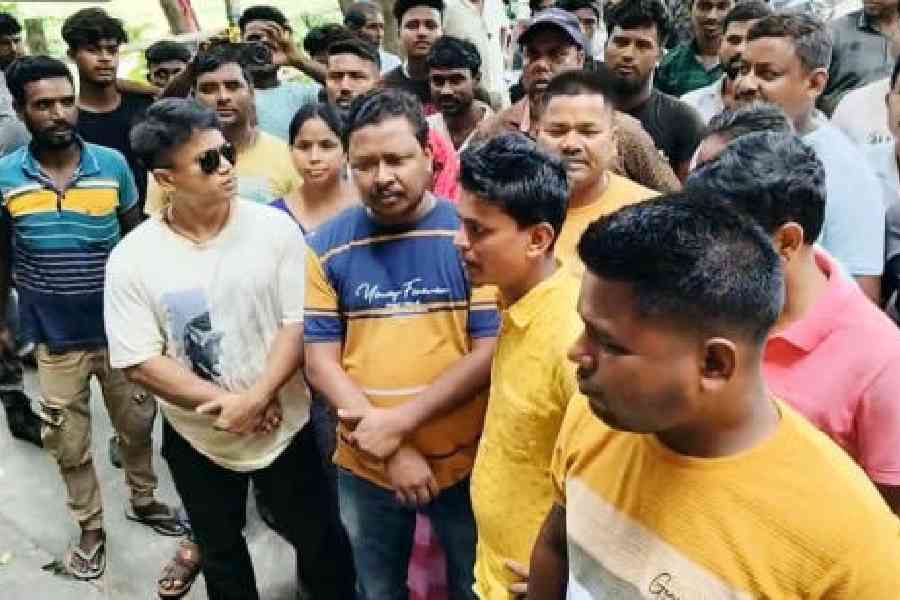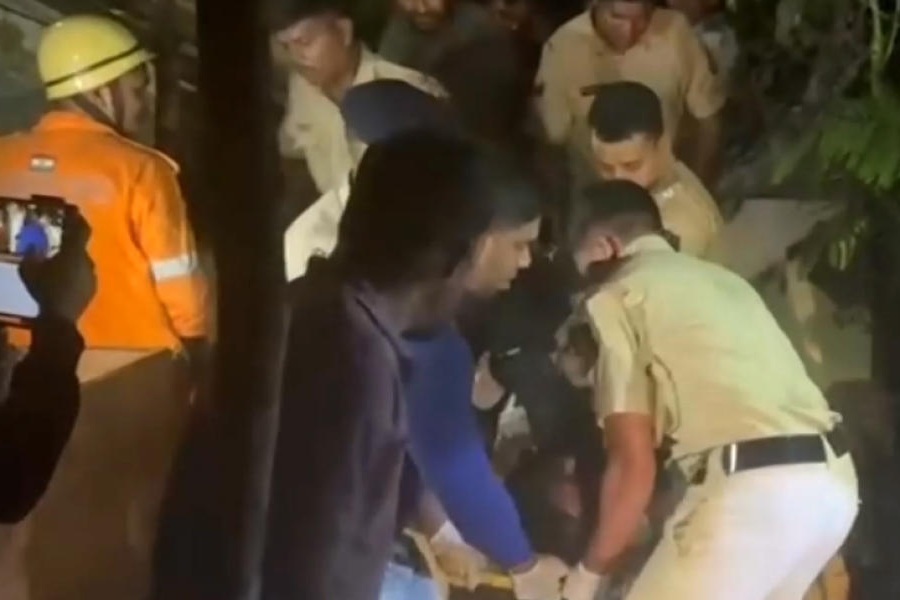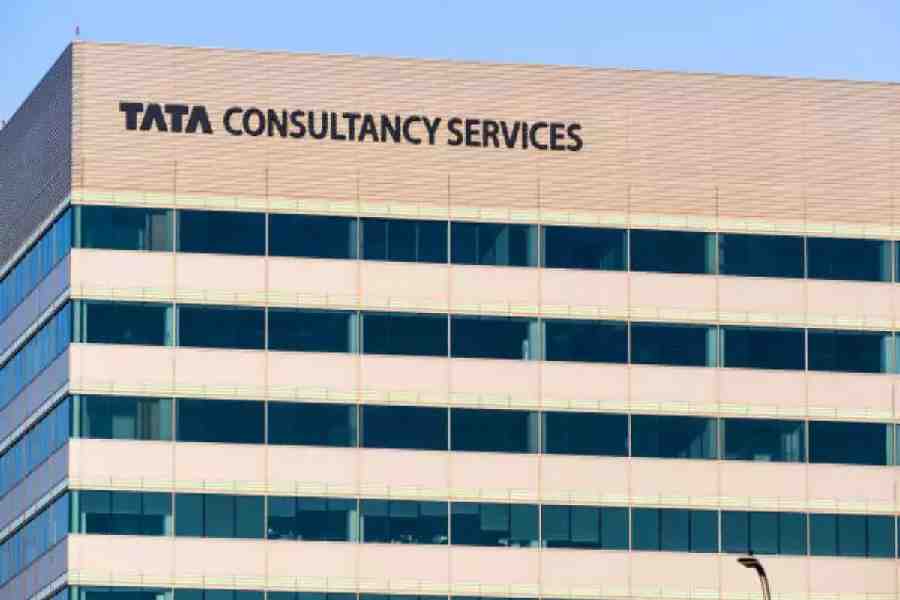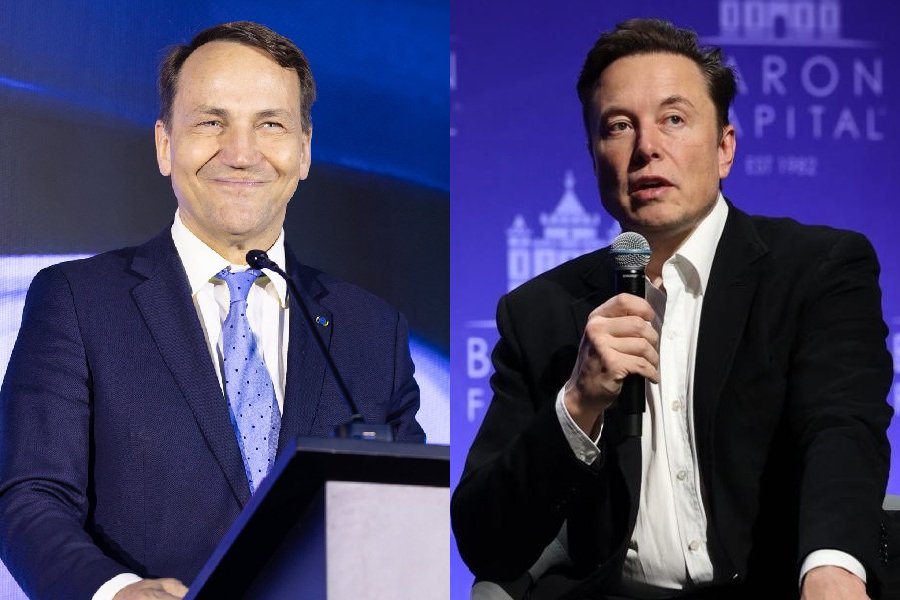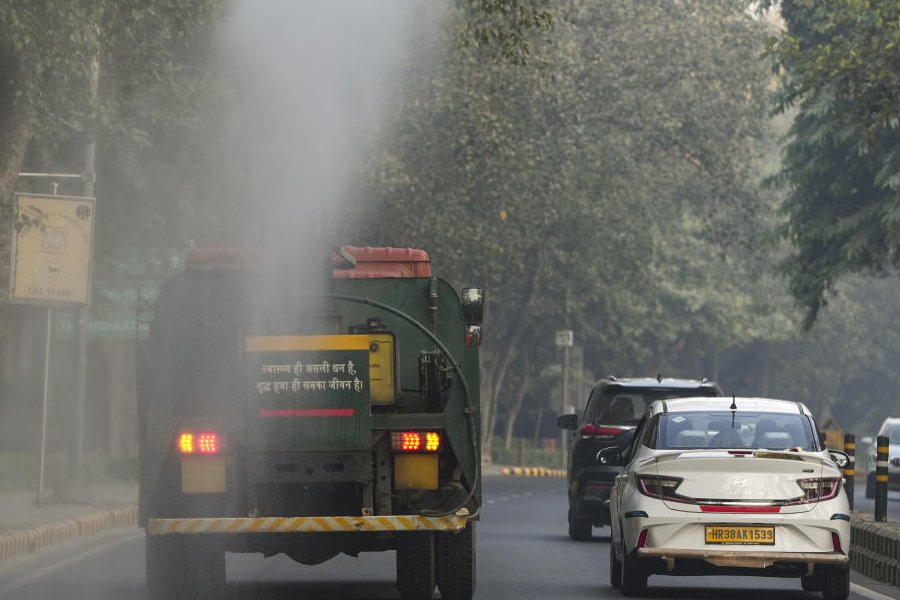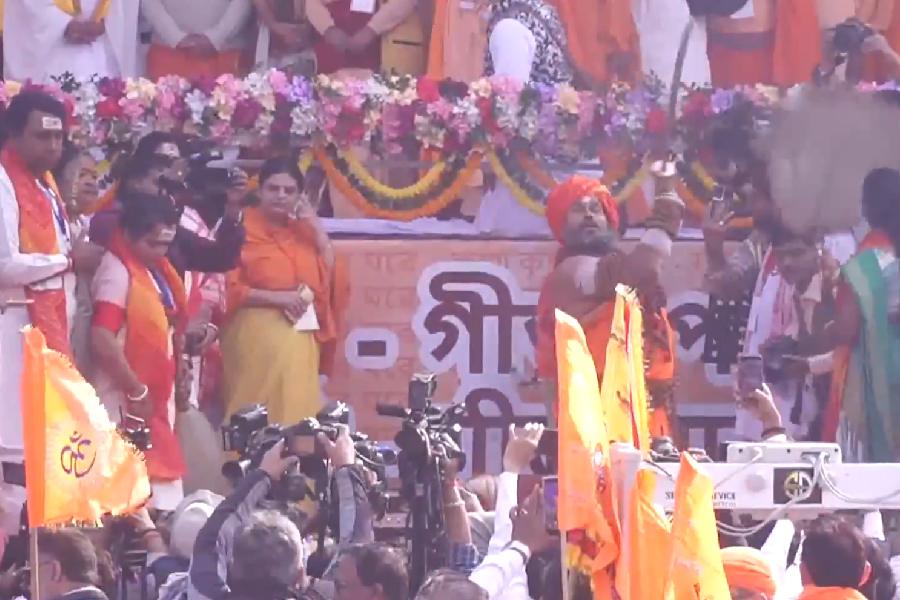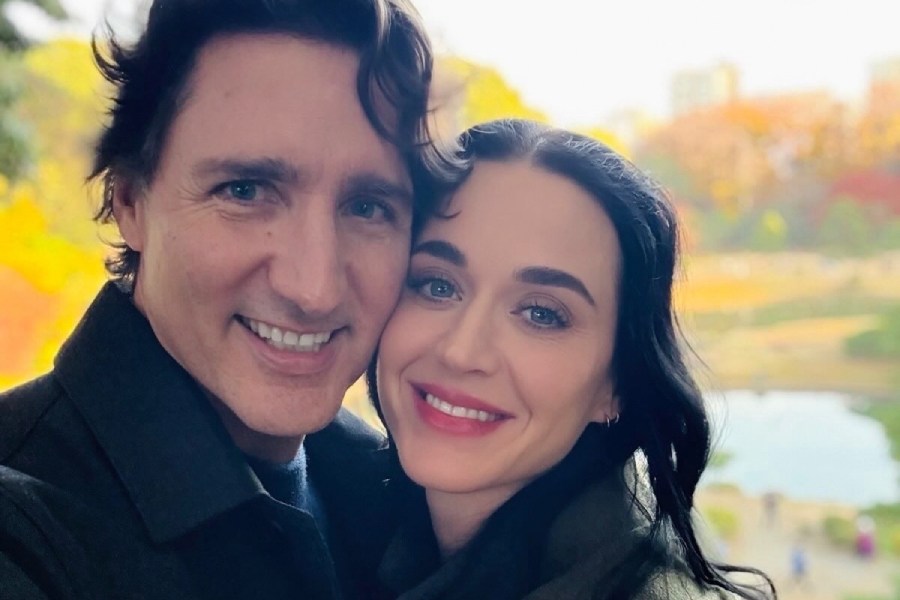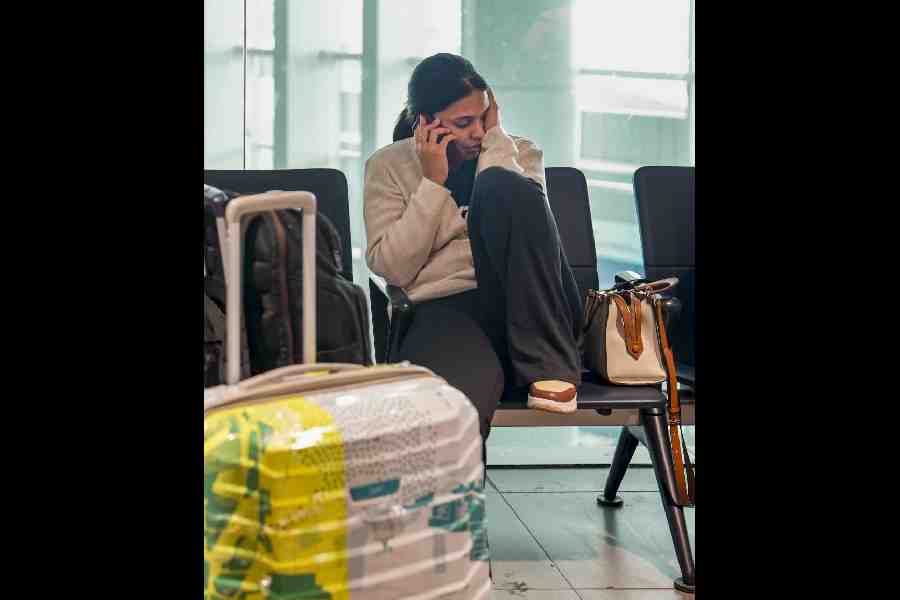Four people, who were residents of erstwhile Indian enclaves in Bangladesh and have been staying in India since 2015, were detained by the Delhi police last week on suspicion that they are Bangladeshi nationals.
The Delhi police also detained three children of a couple who were among the four.
Sources said Samsul Haque, who hails from Dashiarchara, a former Indian enclave in Bangladesh, had moved to India with his family in November 2015. Since then, he has been staying with his family in an apartment provided by the state government at Dinhata in Cooch Behar district.
“My father went to Delhi in search of a job and has been working there for the past few months. My uncle, along with his wife and their three children, also stays there. He, too, had come to India with us,” said Sarmin Khatun, Samsul’s daughter.
She said a team from the Shalimar Bagh police station in Delhi had detained Samsul, Rezaul Haque and Jahirul Haque on Wednesday.
While Rezaul is also from the same former enclave, Jahirul is from Ghatpar in Dinhata.
Later, the police released Jahirul but learned about Rabiul, Samsul’s brother.
“They asked my uncle (Rabiul), his wife Rashida Begum, to visit the police station with identity proofs to confirm that they are Indians. When they went there, they, too, were detained,” Sarmin added.
She said that, along with the couple, their children, Ruman, 11, Raihan, 5, and Rumana, 3, were also detained.
“We could not contact them in any manner. We had left Bangladesh 10 years ago and returned to our homeland. Now, our family members have been detained with the suspicion that they are Bangladeshis,” said Sarmin.
She pointed out that among the children, Raihan and Rumana were born in India.
The detention of the residents of erstwhile Indian enclaves has also brought to the surface the problems these people have been facing. Earlier, some other dwellers of erstwhile enclaves had to face harassment as police in some other states asked for their birth certificates and old documents to prove their nationality.
After Independence, there were 51 Bangladeshi enclaves landlocked within India (in Cooch Behar district) and 111 Indian enclaves landlocked within Bangladesh.
For years, the enclave dwellers had been demanding that their problem be resolved. They had to face inconveniences in moving out of their villages, as those staying at the enclaves in India were Bangladeshis, while those living in the enclaves in Bangladesh were Indians.
Eventually, the Indian and Bangladeshi governments signed a land boundary agreement (LBA).
According to the agreement, it was decided that the enclaves would merge with the mainland of the countries concerned. The Bangladeshi enclaves became Indian villages while the Indian enclaves merged with Bangladesh at midnight on July 31, 2015.
The residents — there were around 15,000 Bangladeshis staying at the enclaves in India, while around 37,000 Indians were staying at the enclaves in Bangladesh — were offered two options.
“They could either continue to stay at the enclaves and would be provided with the citizenship of the country concerned, or could return to their homeland,” said an administrative source.
While none of the 15,000 Bangladeshis returned to their country and took Indian citizenship, around 900 Indians came to mainland India.
“Samsul Haque, his brother Rabiul, and his wife, and also Rezaul, were among these people. After they came to India, they were provided with voter cards, Aadhaar, and other documents by the Indian government. How can the Delhi police detain them?” asked Ananta Barman, a Trinamool Congress leader in Dinhata.
He said that altogether, 54 families (around 900 people) had come to India. They had been kept in settlement camps before being provided with apartments as a part of the rehabilitation process in Mekhliganj, Haldibari and Dinhata in Cooch Behar district.
“We spoke to some others who work in Delhi. They told me that the police were verifying identities of Bengali-speaking workers, particularly those from the minority community,” said Adija Begum, Samsul’s wife.
The TMC organised a demonstration in front of the Dinhata subdivisional officer's office on Monday, seeking the immediate release of the detained persons. A group of former enclave dwellers joined the hour-long demonstration.

